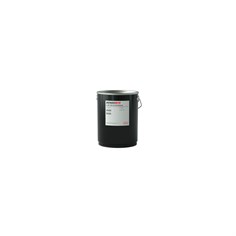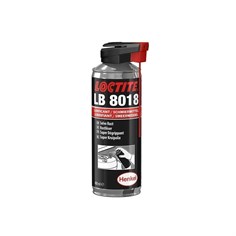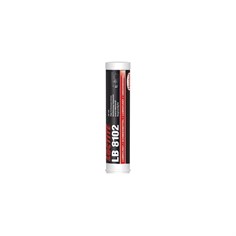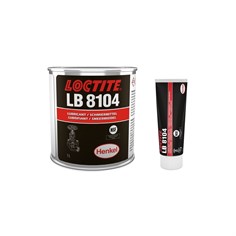- Home
- Lubricants
- Industrial Lubricants
Industrial Lubricants
Industrial lubricants are fluids used to reduce friction between two surfaces. Lubricants can be either mineral-based or synthetic. Natural oils are unstable in harsh environments. Because of this, they are not used for industrial purposes. Additives are usually added to the base oils to optimise their properties.
Lubricants are used in a variety of applications. These include automotive, metalworking, mining, hydraulics and more.
Conro offers a wide choice of industrial lubricants from major manufacturers such as Ambersil and Henkel Loctite.
Conro is an authorized distributor for Ambersil and Henkel Loctite.
Key advantages of industrial lubricants
- Friction reduction
- Transferring of heat created by friction
- Protection against harsh environments, corrosion and rust
- Protection against wear and tear
- Sealant properties, to prevent contamination
- Optimisation of machinery performance
Types of corrosion inhibitors
Based on their characteristics and applications, industrial lubricants can be divided into four main categories:
- Oils: The most common industrial lubricants. Oils are thin liquids that come in different viscosities. They offer the least resistance to movement. Oils may contain additives, such as the ones used to prevent oxidising.
- Greases: Greases are made by combining a base oil with a thickening agent. They have the same lubricating properties as oil. However, their texture and stickiness gives them improved surface adhesion. Greases also help sealing the machinery from contaminants.
- Penetrating lubricants: These lubricants are low viscosity fluids. They are used to free rusted or corroded nuts, bolts and other parts. Most penetrating lubricants contain a solvent or volatile vehicle. Their effects are not long-lasting. They should not be used in place of other lubricants.
- Dry lubricants: Dry lubricants usually come in spray form. They are mixed with water, alcohol, or another solvent. After application, the solvent evaporates, leaving behind a thin film of lubricant. Dry lubricants can also contain corrosion inhibitors. They are often used in high temperature applications, where lubricating oils break down.




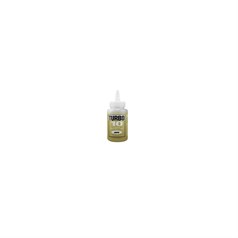
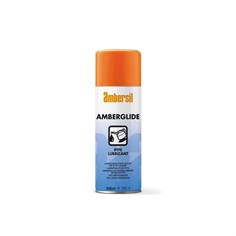
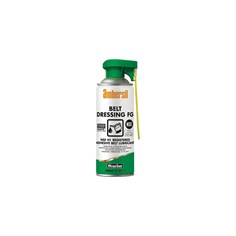
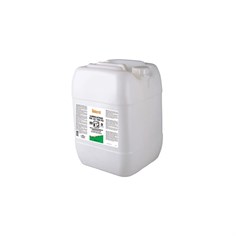
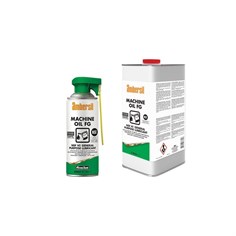
-Lubricant-Paste-12oz-Tub.jpg)


